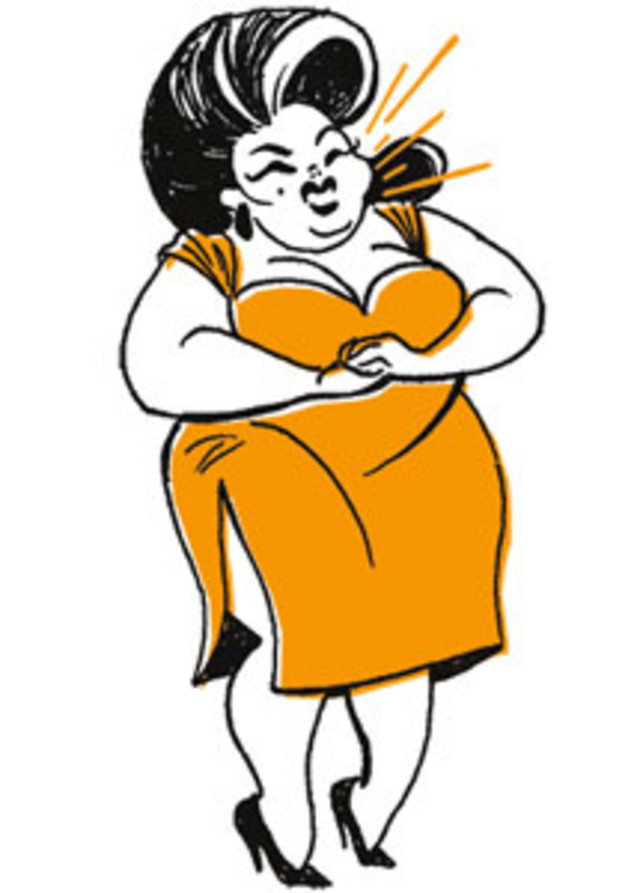Pop Culture Translations for Opera's Most Confusing Terms

Image: Portland Opera
Opera has never been easier to access and enjoy. These days, supertitles are standard, taking the guesswork out of plots, and a quick YouTube session can prime you for a work’s style, themes, and structure. But still, true enjoyment demands some brushing up.
“I would say the vast majority that are dropped at the opera for the first time tend to be very pleasantly surprised that it’s a perfectly lovely evening in the theater,” says Portland Opera general director Christopher Mattaliano. “One of the biggest obstacles is that you have to become very comfortable with conventions of opera, like one has to do with Shakespeare.”
To help you get started, we’ve assembled a glossary of some of opera’s more common (and confusing) terms and concepts, and provided handy points of reference for our modern age. Just supply your best Italian accent.
BEGINNER
Aria: A pause in the plot for one performer to call attention to themselves and show off their amazing skills, usually expressing a character’s emotional state. An arietta is a shorter, fluffier version. Think about: Whitney Houston’s “I Will Always Love You” from The Bodyguard

Bel canto: A style of performance that emphasizes “sweet singing” (the literal translation), occasionally to the detriment of the lyrics or plot. Think about: Hitting shuffle on Journey’s Greatest Hits
Leitmotif: A little introductory melody that accompanies every appearance of someone or something on stage. Think about: Darth Vader’s theme song
Prima donna: The company's lead female singer—or “first lady”—around whom all the action tends to happen. Think about: Beyoncé in her Destiny’s Child days
INTERMEDIATE
Basso buffo: Appearing in more lighthearted operas, the “buffoon bass” is a role sung by a male character in a very low key to comedic effect. Think about: Shaggy’s “Mr. Boombastic”

Castrato: A male soprano who had been castrated as a boy to keep his voice from getting deeper. Think about: Thankfully, the last gasp of this horrific practice died out in the early 20th century. But permanent prepubescence lives on in Justin Bieber!
Intermezzo: An instrumental interlude between acts or scenes. Think about: A skit track on a rap album
Libretto: Translated literally as “little book,” this is the opera’s script. Think about: You think the Glee cast is just making it up as they go along?
ADVANCED
Coloratura: A light and pure-sounding soprano capable of singing very fast, high notes. Think about: Mariah Carey on “Fantasy”

Mezzo-soprano: A female singing voice deeper than a soprano and usually relegated to three typecast roles, known in the business as “witches, bitches, and britches” (that is, boys). Think about: Adele, singing anything, and k.d. lang drawling “The Joker” on her album Drag
Recitative: A style of singing that sounds closer to normal human speech. Think about: Any Cake song
Verismo: Translated roughly as “truthiness,” this more realistic style of opera depicts everyday life, often on the wrong side of the tracks, and is frequently violent. Think about: N.W.A’s Straight Outta Compton

- How to Start an Art Collection—and the 5 Galleries that Will Help It Grow
- The Portland Playbook: How to Create Theater Magic in 12 Steps
- Oregon Ballet Theater Dancers Bust 3 Major Dance Myths
- A Beginner’s Guide to the Portland Literary World’s Major Landmarks
- What Do Album Producers Do, Exactly? We Asked One of Portland’s Best.
- Pop Culture Translations for Opera’s Most Confusing Terms




